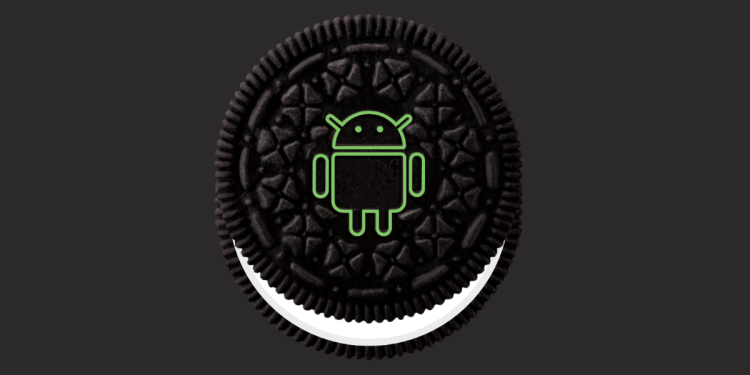testsetset
Like Android Nougat before it, Android Oreo took five months to pass the 1 percent adoption mark. In other words, tracking the adoption rate of the latest Android version is still as excruciating as watching paint dry. Per Google’s Platform Versions page, the latest and greatest version of the company’s mobile operating system finally has 1.1 percent adoption.
On the bright side, Nougat this month has passed Marshmallow, meaning the second newest Android version is now the most widely used. The latest version of Android typically takes more than a year to become the most-used release, and so far it doesn’t look like Oreo’s story will be any different.

Here are the changes between January and February:
June 5th: The AI Audit in NYC
Join us next week in NYC to engage with top executive leaders, delving into strategies for auditing AI models to ensure fairness, optimal performance, and ethical compliance across diverse organizations. Secure your attendance for this exclusive invite-only event.
- Android 8.0/8.1 Oreo (August 2017, December 2017): Up 0.4 points to 1.1 percent
- Android 7.0/7.1 Nougat (August 2016, October 2016): Up 2.2 points to 28.5 percent
- Android 6.0 Marshmallow (October 2015): Down 0.5 points to 28.1 percent
- Android 5.0/5.1 Lollipop (November 2014, March 2015): Down 0.5 points to 24.6 percent
- Android 4.4 KitKat (October 2013): Down 0.8 points to 12.0 percent
- Android 4.1/4.2/4.3 Jelly Bean (July 2012, November 2012, and July 2013): Down 0.6 points to 5.0 percent
- Android 4.0 Ice Cream Sandwich (December 2011): Down 0.1 points to 0.4 percent
- Android 2.3 Gingerbread (December 2010): Down 0.1 points to 0.3 percent
Google’s Platform Versions tool uses data gathered from the Google Play Store app, which requires Android 2.2 and above. This means devices running older versions are not included, nor are devices that don’t have Google Play installed (such as many Android phones and tablets in China, Amazon’s Fire line, and so on). Also, Android versions that have less than 0.1 percent adoption, such as Android 3.0 Honeycomb and Android 2.2 Froyo, are not listed. The two next-oldest Android versions are thus set to drop off the list sometime this year.
For the sake of comparison, here’s the Android adoption chart for January:

The Android adoption order now stands as follows: Nougat in first place, Marshmallow in second place, Lollipop in third, KitKat in fourth, Jelly Bean in fifth, Oreo in sixth, ICS in seventh, and Gingerbread in last. All eyes are now on Oreo to see how slowly it can climb the ranks.

